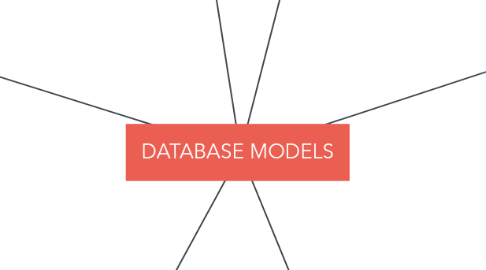
1. FLAT FILE
1.1. Flat File consists of a single, two-dimensional table of data elements. This shows as a form.
1.1.1. Most databases display records as rows in a table or as forms.
1.1.1.1. (Organizations) A flat file database is basically a giant collection of data in which the tables and records have no relation between any other tables. Mostly used in Excel spreadsheet.
2. OBJCET DATABASE
2.1. This is similar to Object-Relational DATABASE however the concept of this database has a broad variety to connect the database.
2.1.1. For example, a class called orders holds data and methods common to all types of orders. A class called web orders is common to only orders placed on the web.
2.1.1.1. (Organizations) of the relational database model being used, such as Oracle, SQL Server or Access. A database object in a relational database is a data structure used to either store or reference data
3. RELATIONAL DATABASE
3.1. Relationships are specified by joining common data stored in the fields of records in different tables. This links the relationships to records.
3.1.1. A one-to-one relationship means one record is related to many records
3.1.1.1. (Organizations) used in SQL server and mostly for having relationships that have one or more relations to the one.
4. OBJECT-RELATIONAL DATABSE
4.1. Variety of technologies that combine object-oriented and related concept databases. This is an attempt to add OO-ness to tables.
4.1.1. Records in the same table are part of the same records.
4.1.1.1. (Organizations) SQL would be used to capture and show values from database in the organization.
5. NETWORK DATABASE
5.1. This is Mesh-like structure to offer the additional capacity. This has can be defined as many-to-many relationships.
5.1.1. Remain in use only for specialized applications.
5.1.1.1. (Organizations) This relationship is fast and simple to find relationships from parent/child relationships.
6. DIMENSIONAL DATABASE
6.1. Multidimensional database has Relationships organize over three or more dimensions. Fields have there own cell and are directly accessed from a query or a relational database model in which tables are stacked in addition to being linked side by side.
6.1.1. Each field is contained within a cell that can be accessed directly from a query or from following a relationship.
6.1.1.1. (Organizations) Oracle is a commonly used for this database. This is because it can create a big database. Used to create (database wearhouses)

